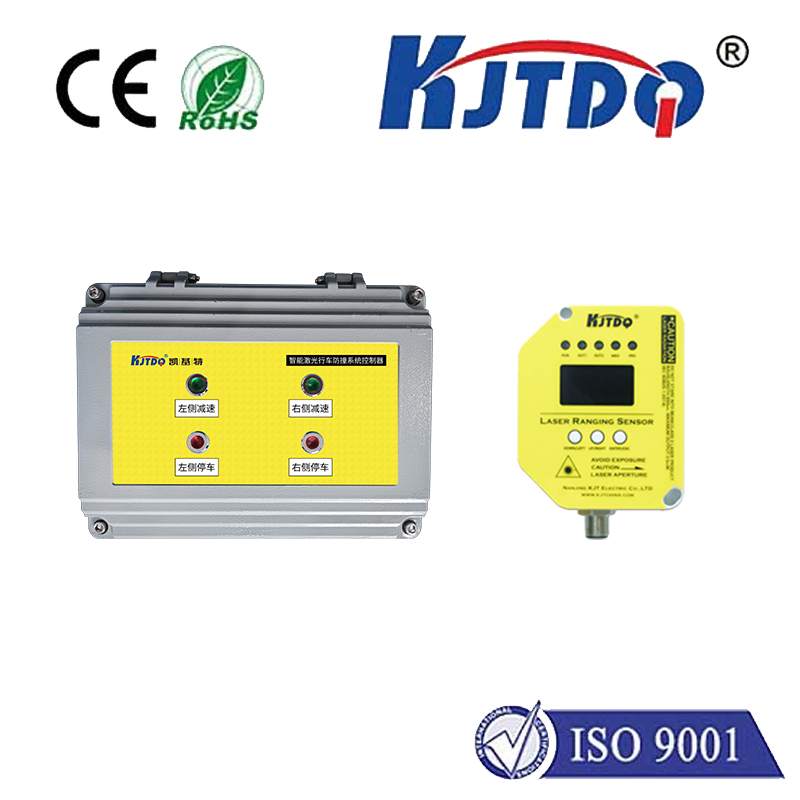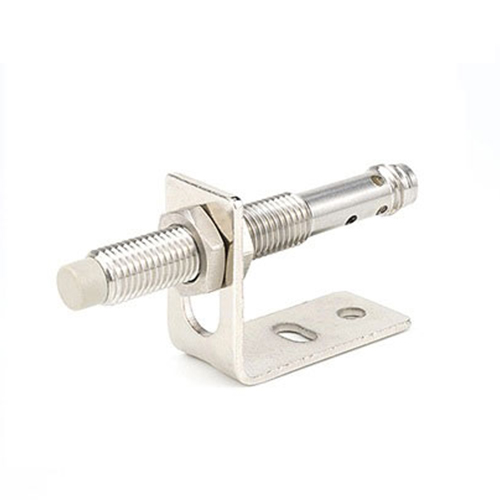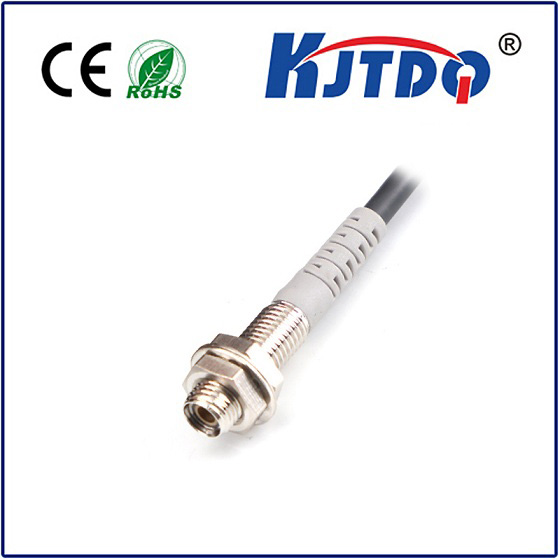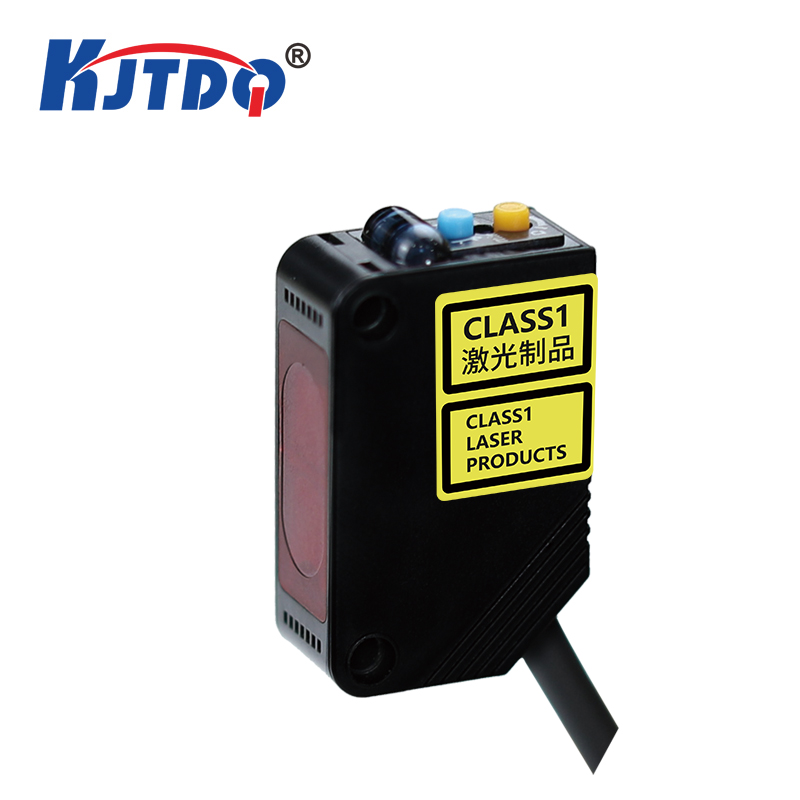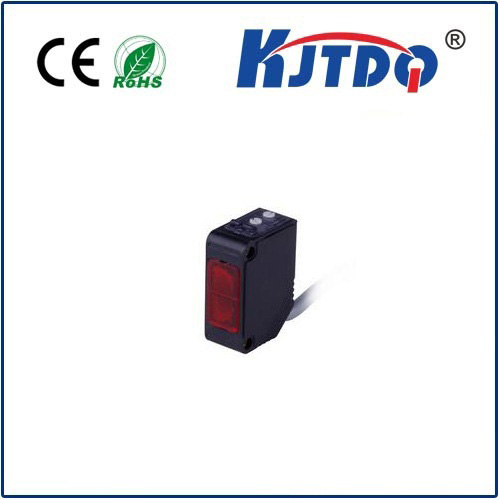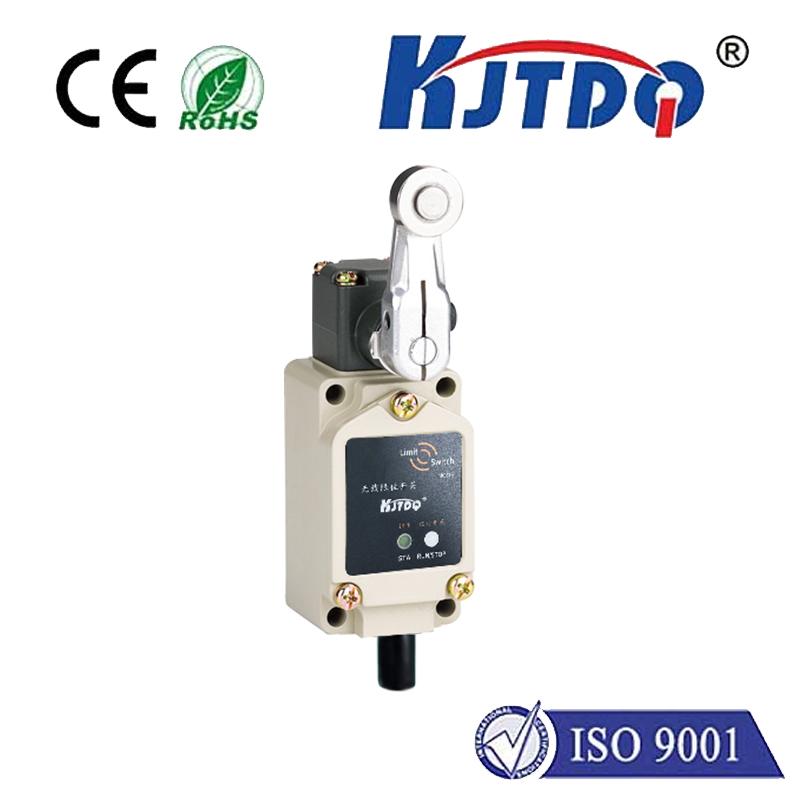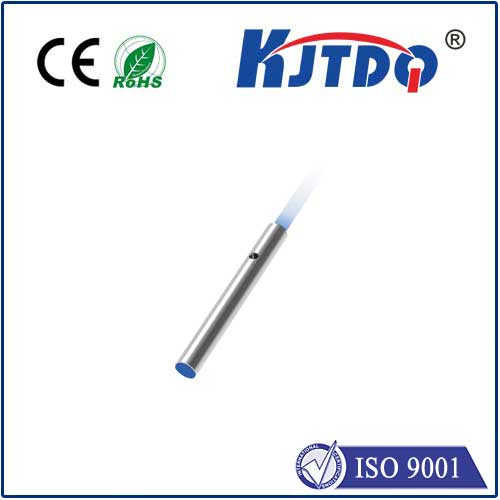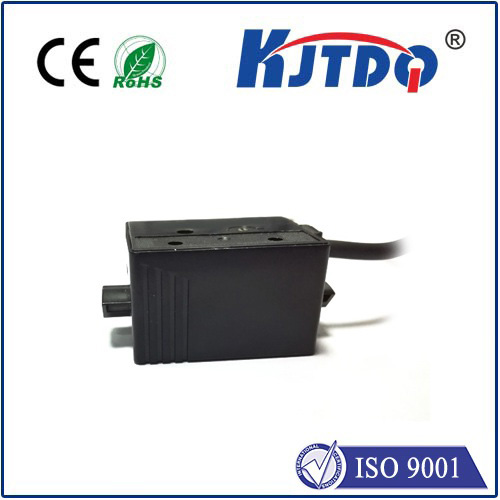
In the ever-evolving landscape of industrial automation, Automated Guided Vehicles (AGVs) have become indispensable, efficiently transporting materials and products across production floors. At the heart of their precision navigation lies a crucial component, often overlooked yet vital, known as the proximity sensor. This unassuming device plays a pivotal role in enabling AGVs to navigate safely and accurately within their operational environments. Proximity sensors, available in various types such as inductive, capacitive, photoelectric, and ultrasonic, are designed to detect objects or surfaces in close proximity without physical contact. In the context of AGV navigation, these sensors serve as the eyes of the vehicle, continuously scanning its surroundings to determine distances from obstacles, guide paths, and other critical landmarks. By providing real-time feedback on the AGV’s spatial relationship with its environment, proximity sensors enable it to make precise adjustments to its path, ensuring smooth and collision-free movement. One of the primary functions of proximity sensors in AGV navigation is obstacle detection and avoidance. As the AGV traverses through a facility, it encounters numerous potential obstacles, including machinery, racking systems, and even human operators. The proximity sensor alerts the AGV’s control system when an object comes within a predefined safety distance, triggering timely maneuvers to alter course or halt, thereby preventing accidents and ensuring continuous operation. Moreover, proximity sensors contribute significantly to maintaining accurate path adherence. They help the AGV stay centered on its designated path by constantly monitoring its position relative to guide wires, magnetic strips, or other path markers. Any deviation from the optimal path is promptly corrected, minimizing downtime due to rerouting and enhancing overall productivity. The integration of advanced proximity sensing technologies has further elevated the capabilities of modern AGVs. For instance, LiDAR (Light Detection and Ranging) sensors utilize laser pulses to create high-resolution 3D maps of the environment, allowing AGVs to navigate complex spaces with unparalleled accuracy. Similarly, ultrasonic sensors employ sound waves to detect not only distance but also the texture and shape of nearby objects, facilitating more nuanced decision-making during navigation. In conclusion, proximity sensors are the linchpins of effective AGV navigation, transforming raw data into actionable intelligence that guides vehicles securely and efficiently. As technology continues to advance, we can expect even smarter proximity sensing solutions, empowering AGVs to operate with greater autonomy, flexibility, and safety in the industrial ecosystems of tomorrow.
